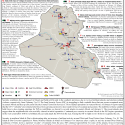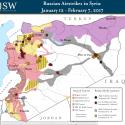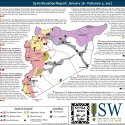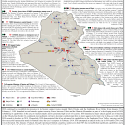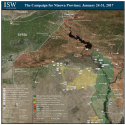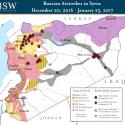Iran is transforming its military to be able to conduct quasi-conventional warfare hundreds of miles from its borders. This capability, which very few states in the world have, will fundamentally alter the strategic calculus and balance of power within the Middle East. It is not a transitory phenomenon. Iranian military leaders have rotated troops from across the Islamic Revolutionary Guards Corps, Artesh, and Basij into Syria in order to expose a significant portion of its force to this kind of operation and warfare. Iran intends to continue along the path of developing a conventional force-projection capability.



